Time Tested, Safe and Effective Alternative Healing Methods
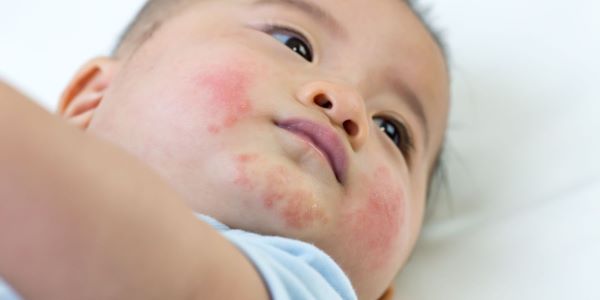
Many people suffer from this debilitating skin disease with no hope of cure. Despite many studies and trials, this disease is considered “incurable” by the medical community.
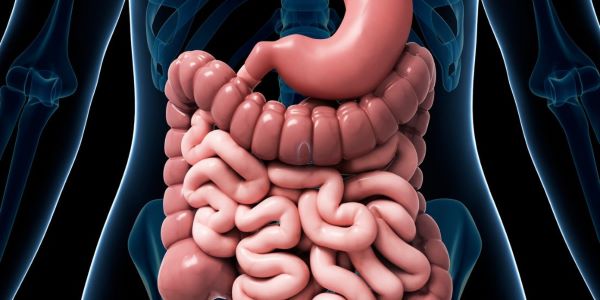
Modern diets and poor eating habits have many negative effects on our digestive system. Highly processed foods often lack the nutrients that support a diverse and healthy gut microbiome. This can disrupt the balance of beneficial and harmful bacteria in the intestines, potentially leading to digestive discomfort and inflammation.

High blood pressure, high cholesterol and diabetes are all different diseases but there are related in different ways. There are several common risk factors that increase the likelihood of developing all three diseases. When a person has hypertension, diabetes and high cholesterol at the same time, doctors often refer to it as metabolic syndrome. This relationship is significant because the simultaneous presence of all three conditions can greatly increase the risk of heart disease and other health complications.
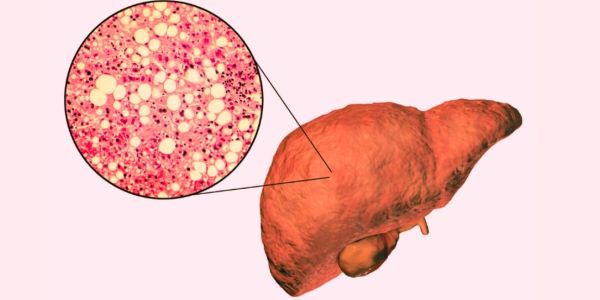
At the early stage, simple fatty liver is highly reversible. If detected early enough, NAFLD and NASH are reversible with dietary and lifestyle adjustments. Cirrhosis in its earlier stages may also be reversible. But in its advanced stage is usually irreversible.
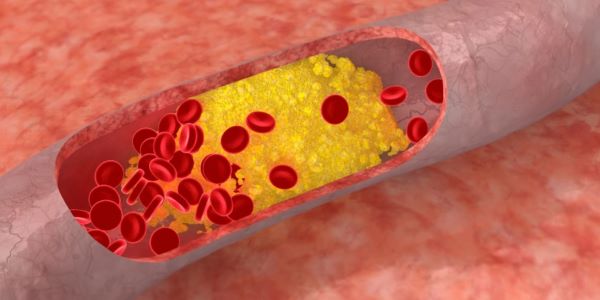
When it comes to heart health, cholesterol often has a negative connotation that is well understood by the public. In recent years, however, the understanding of the distinction between good (high HDL) and bad (high LDL) cholesterol has changed. While high blood cholesterol increases the risk of heart disease, not all cholesterol is harmful.
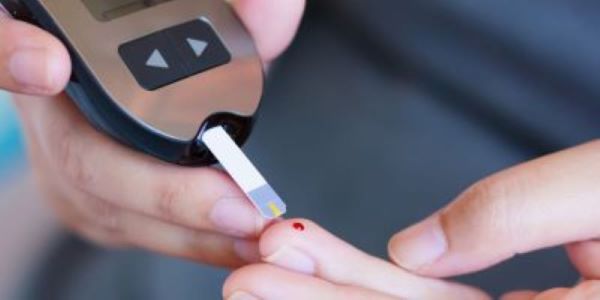
Prediabetes is certainly a reversible condition. In fact, it is also possible to reverse type 2 diabetes in some cases without medication by changing diet and lifestyle. Lack of exercise and obesity are closely related to type 2 diabetes and the development of insulin resistance. To this end, exercise more to lose weight, lower blood sugar and increase insulin sensitivity. It is equally important to eat plenty of high fiber foods such as fruits and vegetables, beans, whole grains, nuts and seeds.
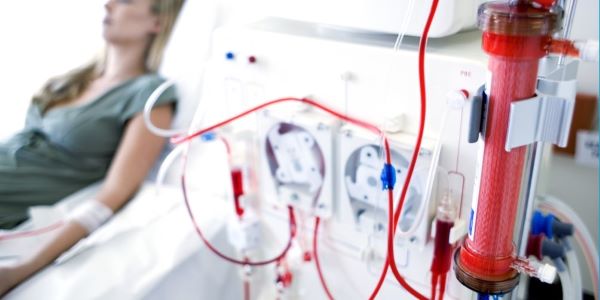
The problem is that most people today consume excessive amounts of salt. In fact, most of this salt comes from processed foods, which in turn leads to potassium deficiency. Consequently, this exacerbates the negative effects of a high-sodium diets.
Eating foods high in salt increases the amount of sodium in our blood. This upsets the delicate balance between sodium and potassium. It also hinders our kidneys' ability to excrete excess water.
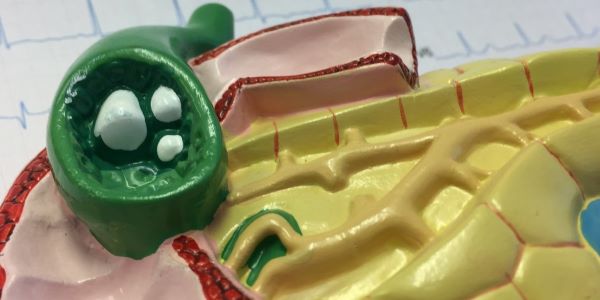
If there are some early signs of gallstones, it is well-worth to consider taking steps to address the root causes that resulted in stones being formed. When it becomes severe, there are two paths to choose from. The first is to treat the symptoms which is the convenient and easy way by surgical removal of the gallbladder. This option provide short term relief but carries long term risks of recurrence of stones accumulation in the liver, inability of the body to digest fats and not addressing potential existing and future liver disorders.
